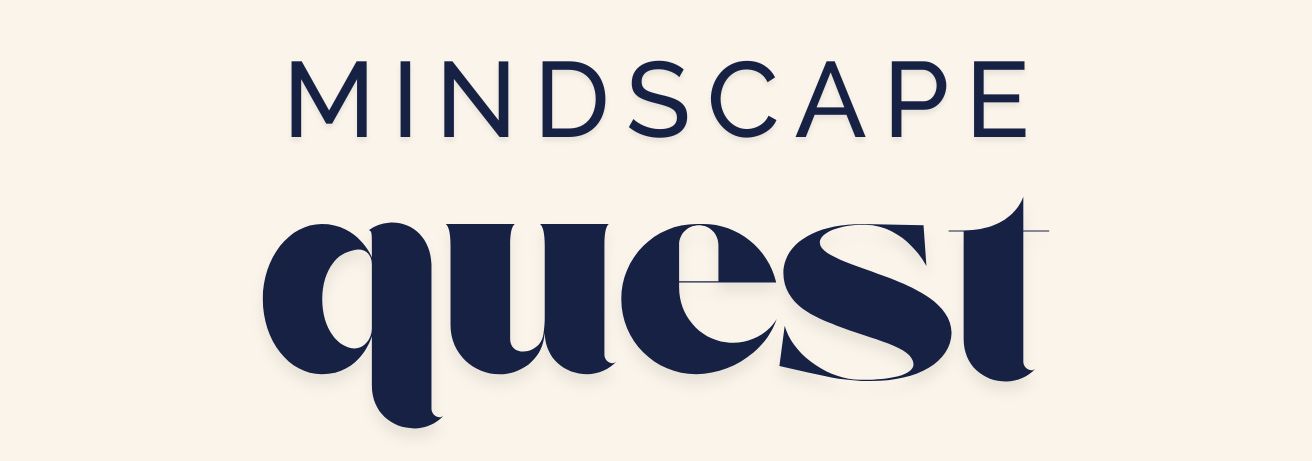Sustainable Fashion 2025: A New Era of Conscious Style
The year 2025 marks a significant milestone in the evolution of sustainable fashion. As environmental concerns continue to mount, the fashion industry is responding with innovative solutions that prioritize sustainability without sacrificing style. This shift is driven by a growing awareness among consumers who demand transparency and ethical practices from their favorite brands. The integration of technology has propelled sustainable fashion forward, with advancements such as 3D printing and blockchain ensuring traceability and reducing waste.
In 2025, sustainable fashion is not merely a trend but a movement. Brands are increasingly using recycled materials, organic fabrics, and eco-friendly dyes to create clothing that is both stylish and sustainable. The rise of circular fashion, where garments are designed to be reused and recycled, is gaining momentum. This approach not only minimizes waste but also extends the lifecycle of clothing, reducing the need for new resources.
Key elements of sustainable fashion in 2025 include:
- Use of recycled and upcycled materials
- Implementation of zero-waste design techniques
- Adoption of digital fashion to reduce physical production
- Emphasis on fair trade and ethical labor practices
As consumers become more eco-conscious, brands that prioritize sustainability are likely to thrive. This shift towards sustainable fashion is not only beneficial for the environment but also paves the way for a more ethical and transparent industry.
Avant-Garde Clothing Trend: Pushing Boundaries in 2025
Avant-garde fashion is synonymous with innovation and creativity, and in 2025, it continues to challenge conventional norms. This trend is characterized by bold, unconventional designs that push the boundaries of traditional fashion. Avant-garde clothing often incorporates unexpected materials, asymmetrical silhouettes, and experimental techniques, resulting in pieces that are as much art as they are apparel.
Designers in 2025 are embracing avant-garde fashion as a means of self-expression and social commentary. This trend is not limited to the runway; it is increasingly finding its way into everyday wardrobes. As consumers seek to stand out and make a statement, avant-garde fashion offers a unique way to do so. The fusion of technology and fashion plays a crucial role in this trend, with 3D printing and virtual reality enabling designers to create intricate, futuristic designs that were previously unimaginable.
Avant-garde fashion is characterized by:
- Unconventional materials and textures
- Asymmetrical and exaggerated silhouettes
- Bold colors and patterns
- Experimental construction techniques
This trend is not just about aesthetics; it is a reflection of cultural and societal shifts. Avant-garde fashion challenges the status quo and encourages individuals to express their identity through their clothing choices. As society becomes more accepting of diverse styles and expressions, avant-garde fashion is set to gain even more prominence in 2025.
Recycled Fabric Fashion: A Sustainable Solution for the Future
As the fashion industry grapples with its environmental impact, recycled fabric fashion emerges as a sustainable solution that aligns with the values of eco-conscious consumers. In 2025, the use of recycled fabrics is becoming increasingly prevalent, with designers and brands recognizing the potential of these materials to reduce waste and conserve resources.
Recycled fabric fashion involves repurposing materials from post-consumer and post-industrial waste, such as plastic bottles, old garments, and textile scraps, to create new clothing. This approach not only diverts waste from landfills but also reduces the demand for virgin materials, which require significant energy and water to produce.
The benefits of recycled fabric fashion include:
- Reduction in waste and landfill use
- Lower carbon footprint compared to traditional materials
- Conservation of natural resources
- Support for a circular economy
In 2025, recycled fabric fashion is gaining traction as consumers become more aware of the environmental impact of their purchasing decisions. Brands that incorporate recycled materials into their collections are not only seen as environmentally responsible but also innovative and forward-thinking. As technology continues to advance, the quality and variety of recycled fabrics are expected to improve, making them a viable option for a wide range of fashion applications.
Embracing Technology in Fashion: The Rise of Digital and Smart Textiles
Technology is revolutionizing the fashion industry, and in 2025, digital and smart textiles are at the forefront of this transformation. These innovations are redefining what is possible in fashion, offering new ways to create, wear, and interact with clothing.
Digital fashion, which involves creating virtual garments that can be worn in digital spaces, is gaining popularity as a sustainable alternative to physical clothing. This approach reduces the need for production and shipping, significantly lowering the environmental impact of fashion. Digital fashion is particularly appealing to younger consumers who are accustomed to living in digital worlds and value unique, customizable experiences.
Smart textiles, on the other hand, integrate technology into the fabric itself, enabling clothing to perform various functions beyond traditional wear. These textiles can monitor health, adjust temperature, and even change color in response to environmental conditions. The potential applications of smart textiles are vast, from sportswear that tracks performance to clothing that enhances safety for workers in hazardous environments.
Key aspects of technology-driven fashion in 2025 include:
- Virtual and augmented reality fashion shows
- Wearable technology and smart garments
- 3D printing for custom and on-demand fashion
- Blockchain for supply chain transparency
As technology continues to advance, the possibilities for digital and smart textiles are endless. These innovations not only offer exciting new opportunities for designers and consumers but also contribute to a more sustainable and efficient fashion industry.
Conclusion: The Future of Fashion is Here
As we look towards 2025, it is clear that the fashion industry is undergoing a profound transformation. The convergence of sustainability, avant-garde design, and technological innovation is reshaping how we perceive and engage with fashion. This shift is driven by a growing demand for ethical, eco-friendly, and personalized fashion experiences.
Consumers are increasingly seeking out brands that align with their values, and the industry is responding with creative, sustainable solutions that challenge traditional norms. The rise of recycled fabrics, digital fashion, and avant-garde trends reflects a broader cultural shift towards individuality, innovation, and environmental responsibility.
As these trends continue to evolve, the future of fashion looks promising, offering exciting possibilities for both creators and consumers. By embracing these changes, the fashion industry can pave the way for a more sustainable, inclusive, and dynamic future.










